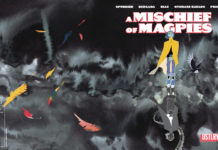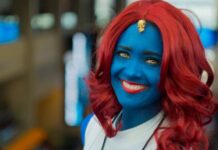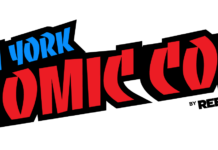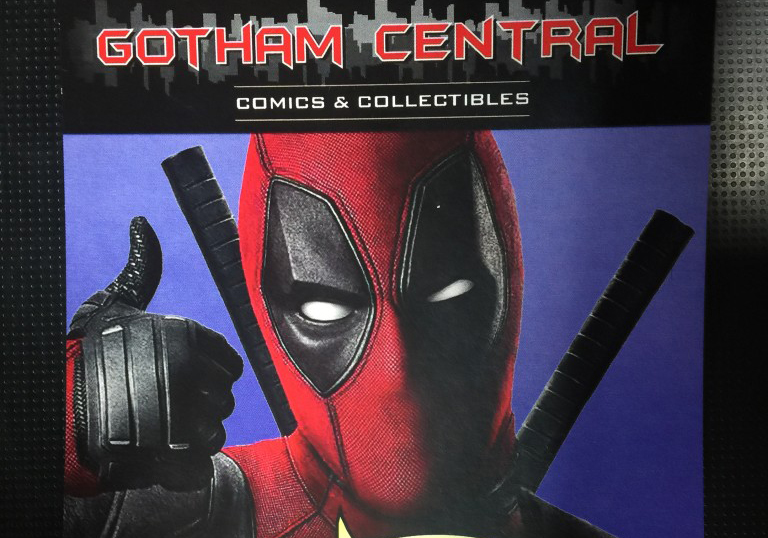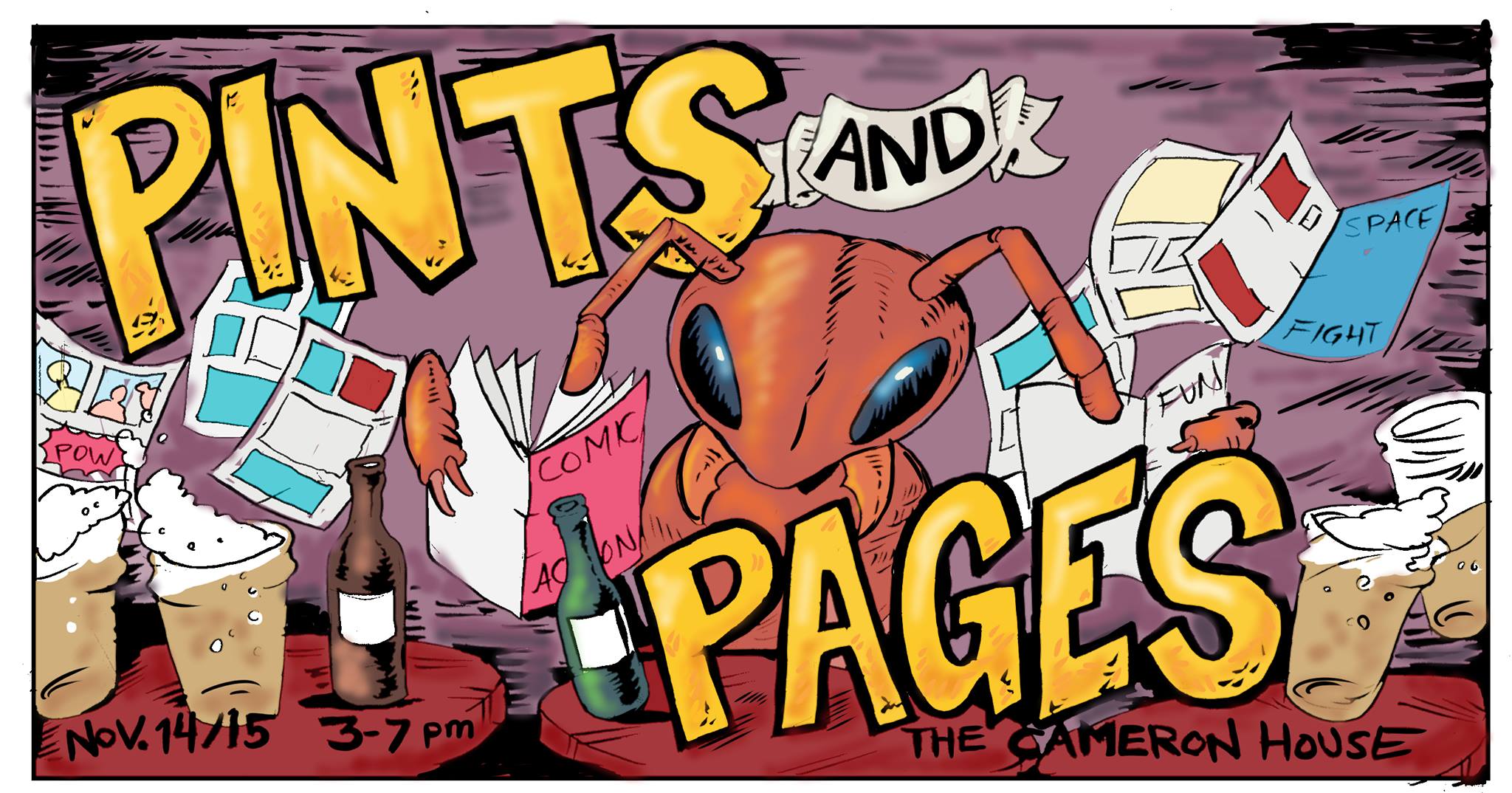
The Big Bang has fascinated scientists for close to a century and is widely accepted as the cosmological event that spawned our ever-expanding universe. While none of us were present during the explosion which scattered matter throughout the cosmos and gave rise to galaxies, stars and planets, we have witnessed a smaller version of it for the last half century. The years 1962-1964 gave birth to some of the most influential and lasting pop culture icons of our time. It was a cultural Big Bang that has had lasting reverberations on what we watch, listen to and read in 2014. The list of icons that have turned 50 over the last couple of years is a who’s-who of the most popular figures or creations in the worlds of music, movies, sports and pop culture. The Beatles, Muhammed Ali, James Bond, Spider-Man, G.I. Joe, all were borne or came to prominance during that 2 year period. To get a better idea of the cultural impact of that time period lets begin in 1962:
1962
In film, Ian Fleming’s super suave secret agent James Bond debuted on the silver screen in Dr. No. Bond’s first cinematic adventure helped to transform spy movies for decades to come and its influence could be felt in comics – even Wonder Woman became a spy in the late sixties – and television (The Man from U.N.C.L.E., Mission: Impossible, The Six Million Dollar Man). In comics, Marvel published a couple of titles that would change the way that comicbook stories would be told. Amazing Fantasy #15 featuring Spiderman and the Incredible Hulk #1 hit the stands, and along with The Fantastic Four in 1961 signaled a fundamental shift away from the way stories were being told by DC Comics at the time. The new heroes from Marvel seemed to connect with young readers during the turbulent Sixties and many of the characters that Marvel rolled out in later in the decade (e.g., the X-Men, the Avengers) now form the core of their cinematic universe. In fact only a handful of the characters in Marvel’s movies, including those in this summer’s Guardians of the Galaxy, were created after 1969.
1963
The year belonged to Dr. Who who made his debut on the BBC with the episode The Unearthly Child. Thirteen actors have portrayed the Time Lord over the show’s 50 year span and it still has one of the coolest themes in the history of film or television. Dr. Who has spawned several spinoffs over the years (Torchwood, K-9, The Sarah Jane Chronicles) and leigons of fans around the world continue to celebrate the show at conventions.
In September, X-Men #1 is published and Marvel’s mutants and their struggle mirror the events of the civil rights movement that gripped the United States during the decade. Professor X and Magneto’s opposing views paralleled the relationship and differences of opinion between Martin Luther King and Malcolm X. The title was cancelled before the end of the decade but was revived in the 70’s and became Marvel’s flagship title in the 80’s and 90’s.
1964
Four years into the Swinging Sixties, a rock ‘n’ roll quartet from Liverpool, England played on the Ed Sullivan Show. After their perfomance was broadcast live on network television, the Beatles took North America by storm and went on to change the face of music forever. John, Paul, George and Ringo launched the “British Invasion”, defined the rock n roll sound of the 60’s, and formed the template of the boy bands that followed them including the Monkees, Backstreet Boys, NSync, and most recently One Direction.
To this day, Muhammed Ali continues to be one of the most iconic sports figures of our time. His assention into pop culture prominence started before his February bout with Sonny Liston, but his stunning decision over the favored Liston gave Ali, then known as Cassius Clay, the Heavyweight World Title and rocketed him to stardom. Ali was almost more entertaining outside of the ring and his public persona, then seen as radical and thoroughly entertaining, was the model that modern publicity seekers still draw upon. Ali was the first to embrace the culture of celebrity that is now dominated by TMZ and the celebrities, athletes and reality tv stars that fill the headlines.
G.I. Joe, “America’s Moveable Fighting Man” also debuted in 1964 and the military inspired action figure was a hit with boys who up until that time didn’t have an option in the doll market. As the decade progressed G.I. Joe morphed from a military hero to a super spy to take advantage of the exictiment being generated by the James Bond films. The Joe brand has endured over the years with more toys, successful comics, an iconic 80’s cartoon and most recently, a couple of big screen adaptations
Daredevil, the Man Without Fear first swung into action in 1964 and this May marks the character’s half century in publication. Despite not being considered a part of the top tier of Marvel’s pantheon, Matt Murdock has appeared on television and the silver screen and remains one of the publisher’s most popular characters.
Other hilights from 1964 included the debut of the game show Jeporady which recently celebrated its 50th year during a March telecast and The Rolling Stones released their self-titled debut album.
As time marches on, other seminal pop culture icons and events will soon be approaching fifty, but it was this two year period that is responsible for a great deal of what we listen to, watch and consume on a daily basis. Like the Big Bang a millenia ago, the force of the pop culture explotion 50 odd years ago has passed, but its echos continue to resonate in our lives to this day and for years to come.



